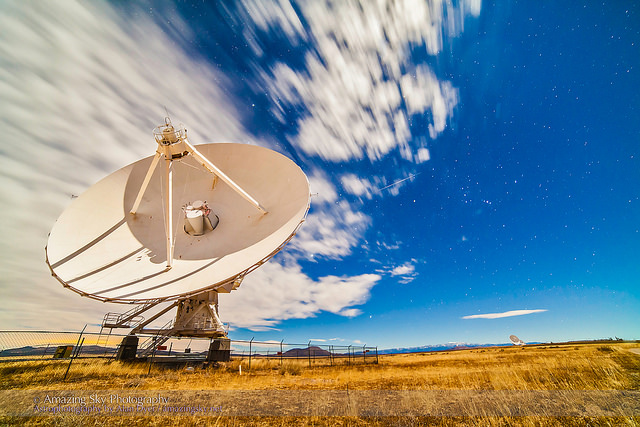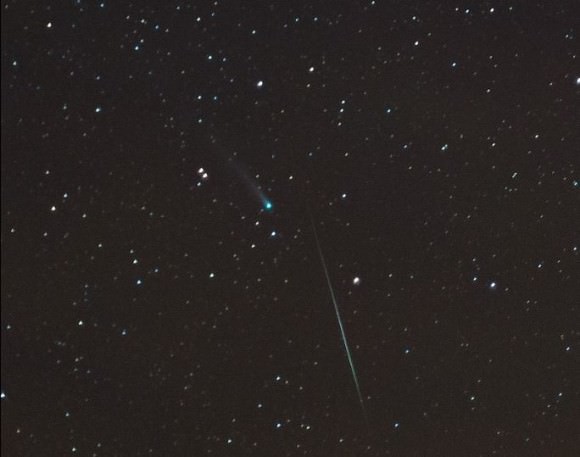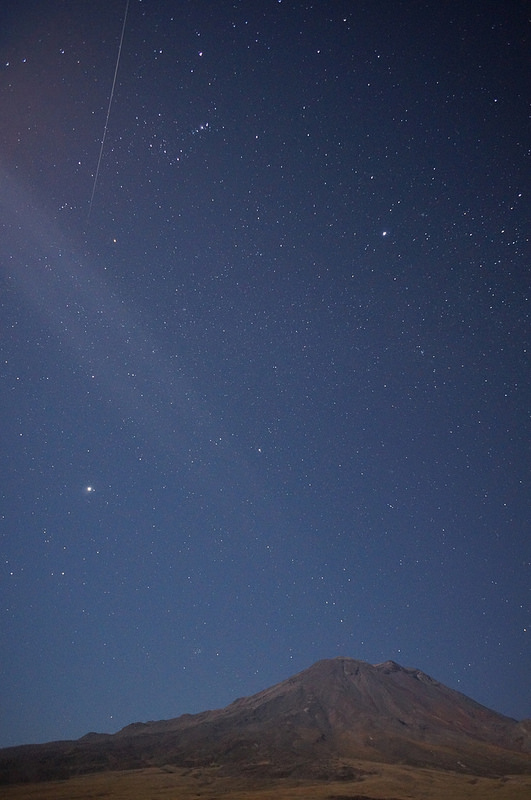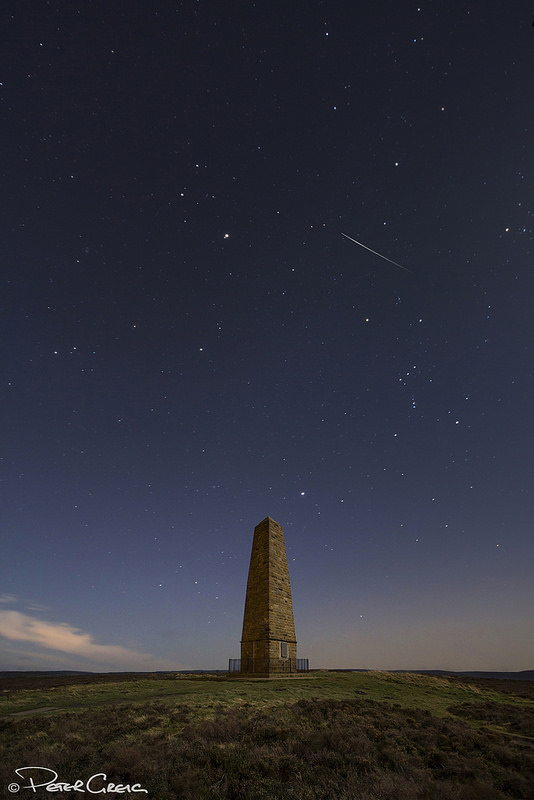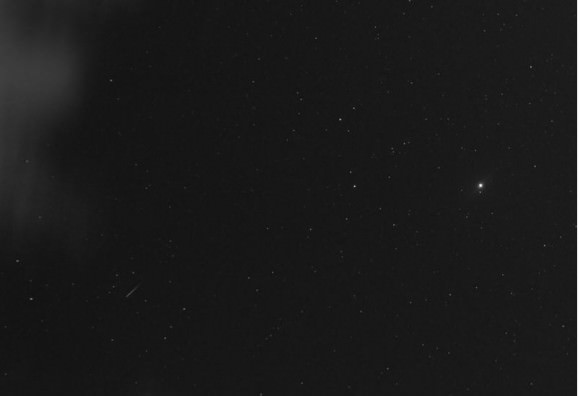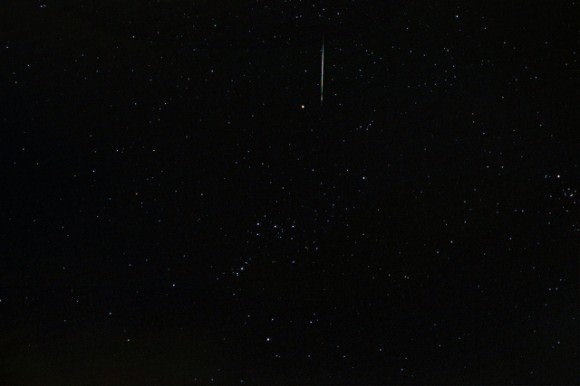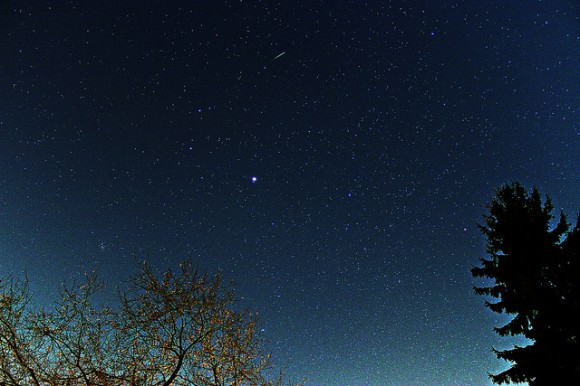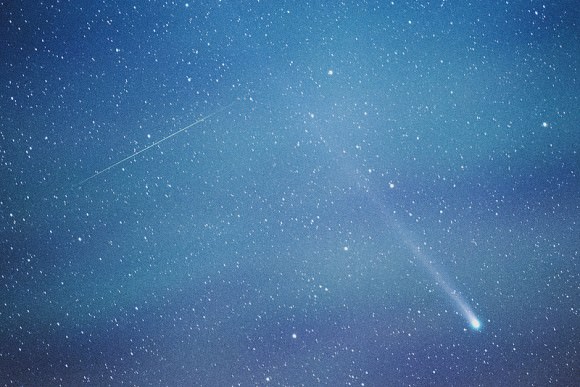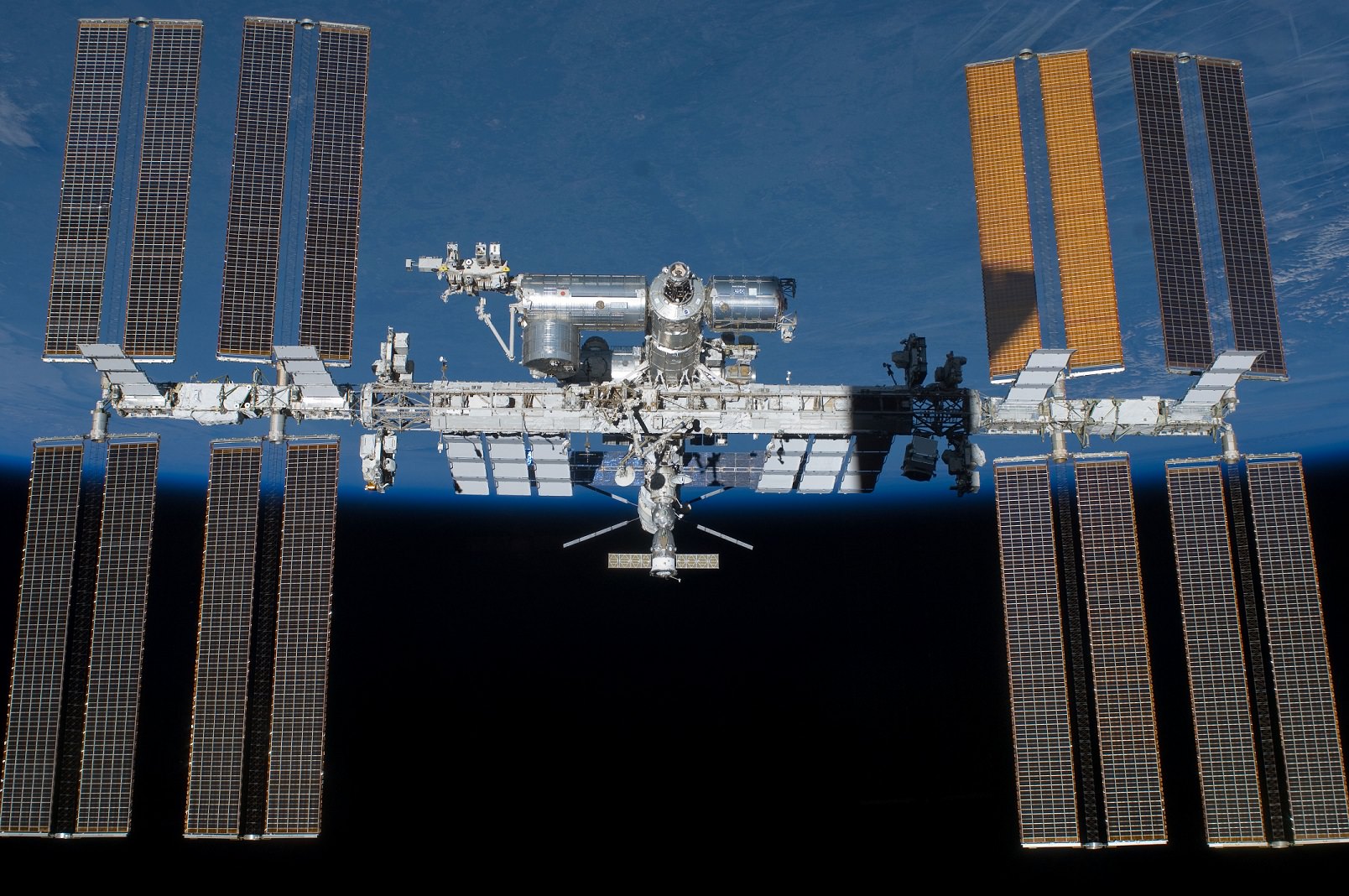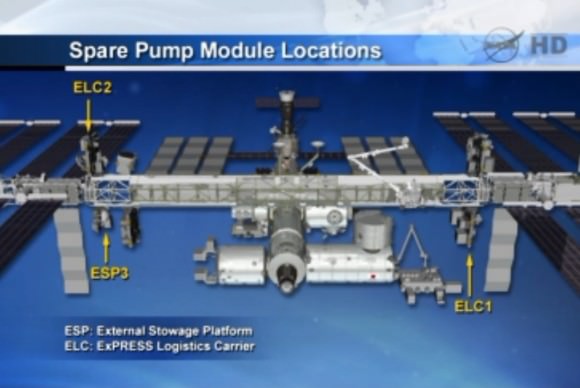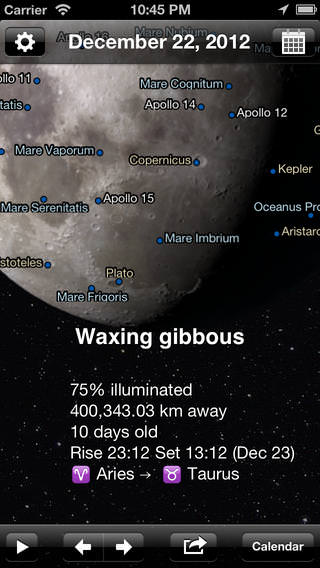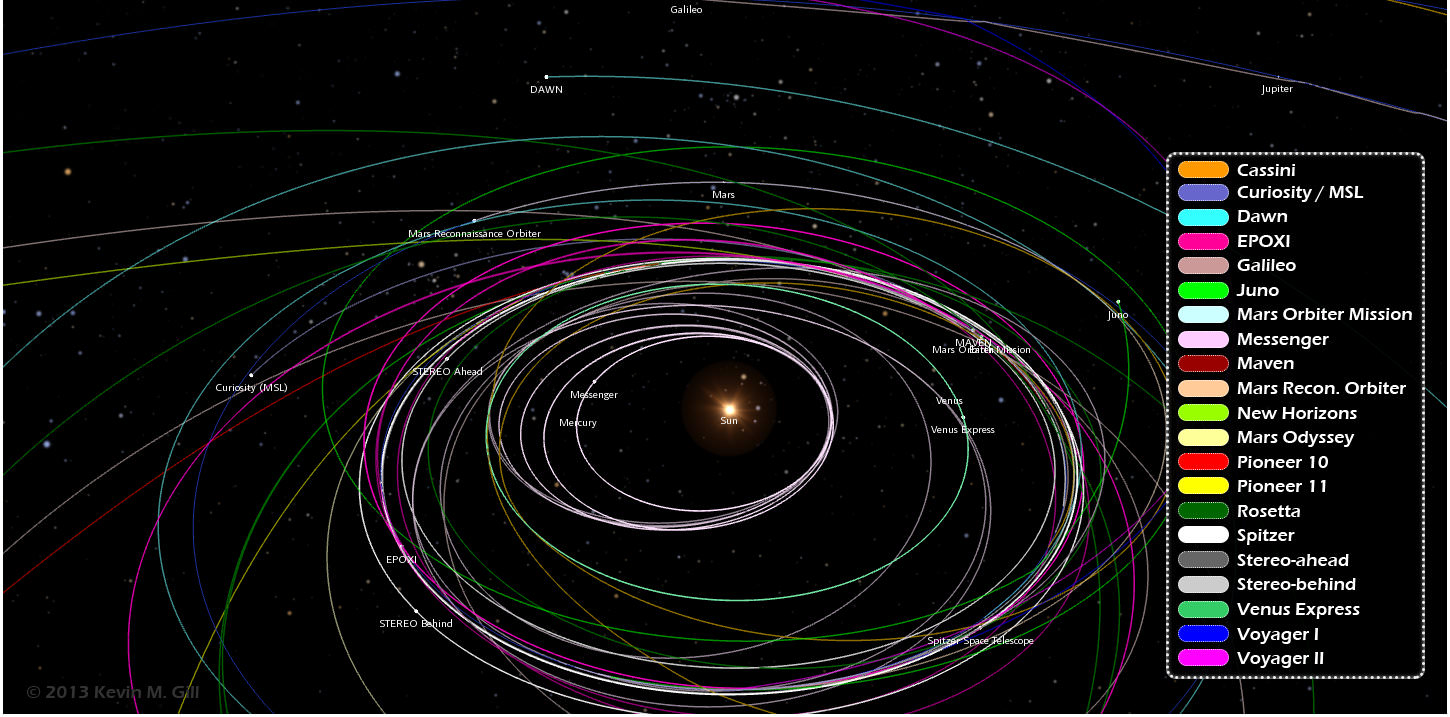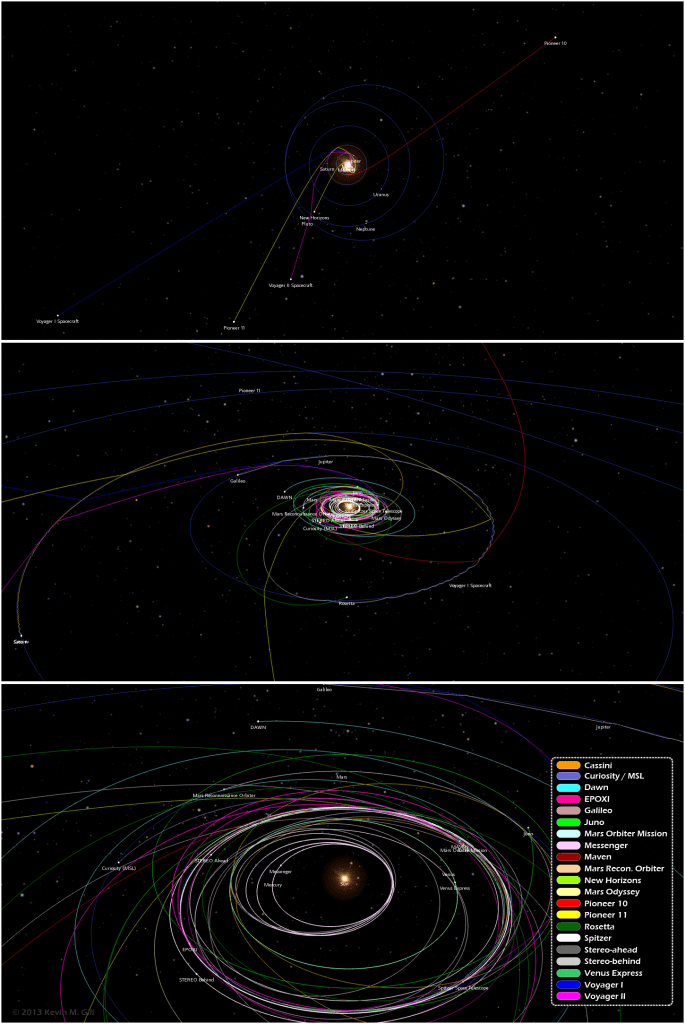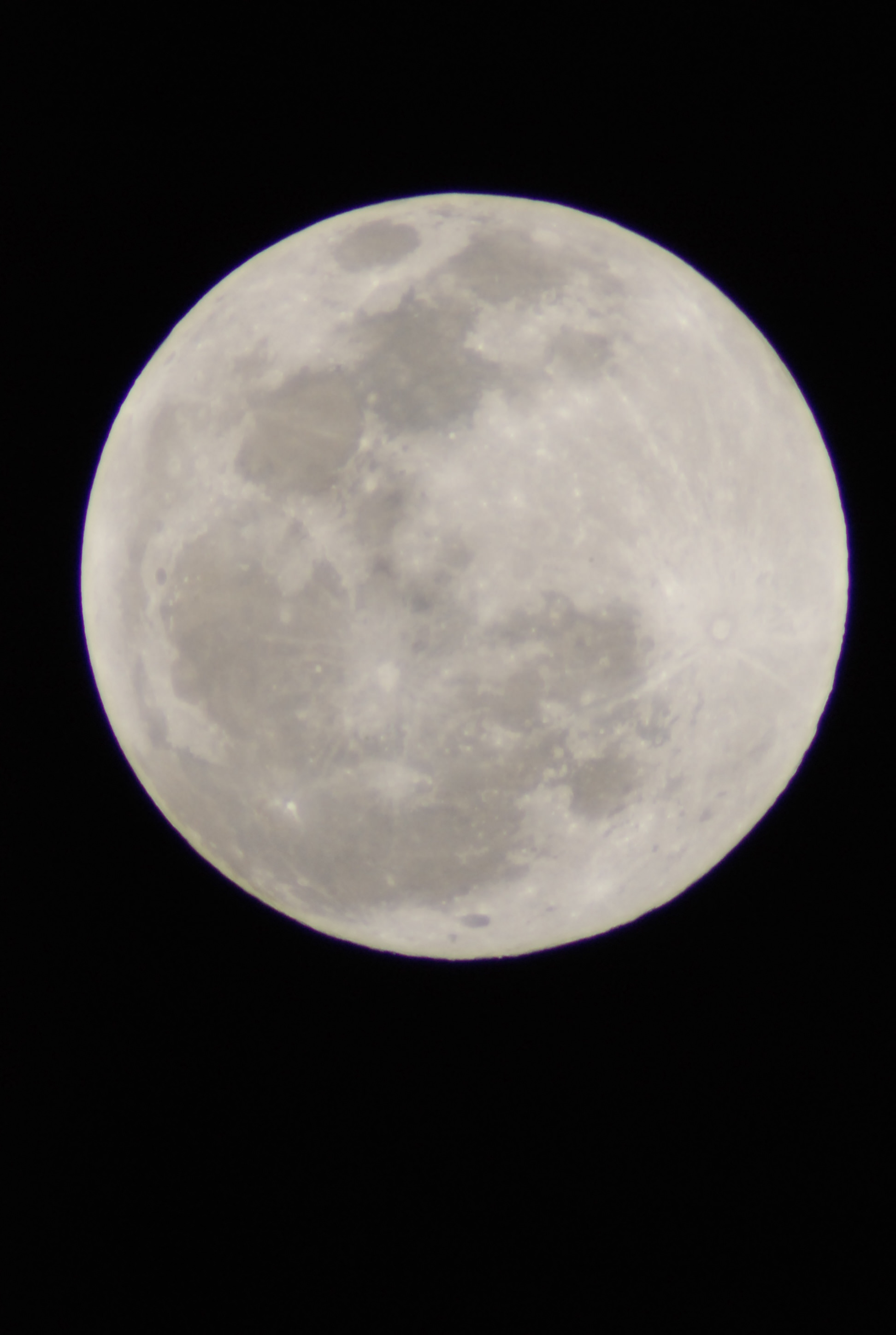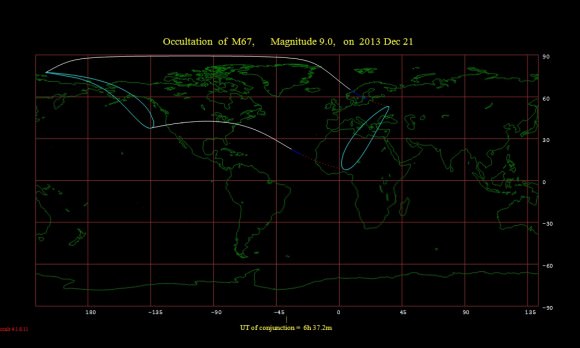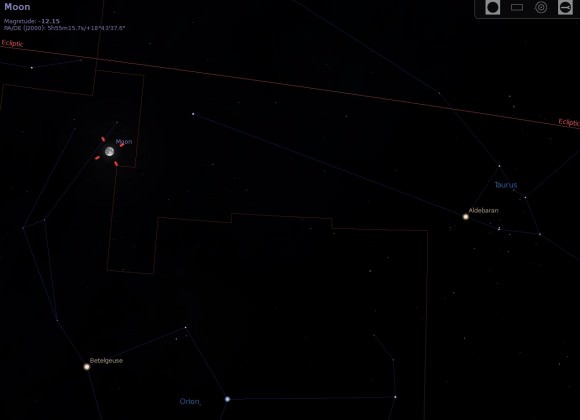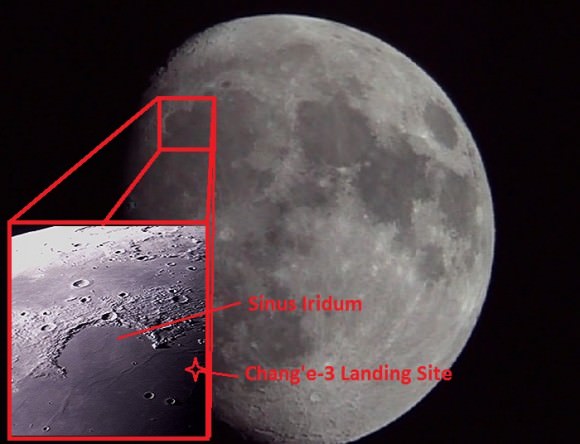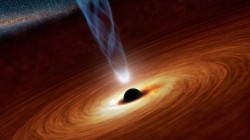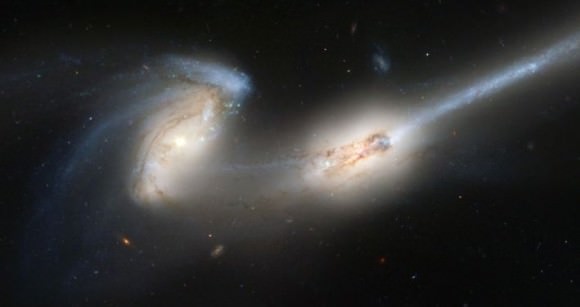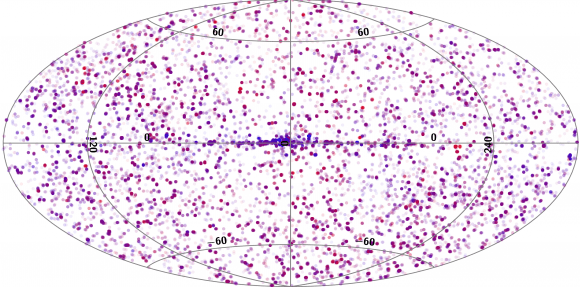With the recent discovery that Europa has geysers, and therefore definitive proof of a liquid ocean, there’s a lot of talk about the possibility of life in the outer solar system.
According to a new study, there is a high probably that life spread from Earth to other planets and moons during the period of the late heavy bombardment — an era about 4.1 billion to 3.8 billion years ago — when untold numbers of asteroids and comets pummeled the Earth. Rock fragments from the Earth would have been ejected after a large meteoroid impact, and may have carried the basic ingredients for life to other solar system bodies.
These findings, from Pennsylvania State University, strongly support lithopanspermia: the idea that basic life forms can be distributed throughout the solar system via rock fragments cast forth by meteoroid impacts.
Strong evidence for lithopanspermia is found within the rocks themselves. Of the over 53,000 meteorites found on Earth, 105 have been identified as Martian in origin. In other words an impact on Mars ejected rock fragments that then hit the Earth.
The researchers simulated a large number of rock fragments ejected from the Earth and Mars with random velocities. They then tracked each rock fragment in n-body simulations — models of how objects gravitationally interact with one another over time — in order to determine how the rock fragments move among the planets.
“We ran the simulations for 10 million years after the ejection, and then counted up how many rocks hit each planet,” said doctoral student Rachel Worth, lead author on the study.
Their simulations mainly showed a large number of rock fragments falling into the Sun or exiting the solar system entirely, but a small fraction hit planets. These estimations allowed them to calculate the likelihood that a rock fragment might hit a planet or a moon. They then projected this probability to 3.5 billion years, instead of 10 million years.
In general the number of impacts decreased with the distance away from the planet of origin. Over the course of 3.5 billion years, tens of thousands of rock fragments from the Earth and Mars could have been transferred to Jupiter and several thousand rock fragments could have reached Saturn.
“Fragments from the Earth can reach the moons of Jupiter and Saturn, and thus could potentially carry life there,” Worth told Universe Today.
The researchers looked at Jupiter’s Galilean satellites: Io, Europa, Ganymede and Callisto and Saturn’s largest moons: Titan and Enceladus. Over the course of 3.5 billion years, each of these moons received between one and 10 meteoroid impacts from the Earth and Mars.
It’s statistically possible that life was carried from the Earth or Mars to one of the moons of Jupiter or Saturn. During the period of late bombardment the solar system was much warmer and the now icy moons of Saturn and Jupiter didn’t have those protective shells to prevent meteorites from reaching their liquid interiors. Even if they did have a thin layer of ice, there’s a large chance that a meteorite would fall though, depositing life in the ocean beneath.
In the case of Europa, six rock fragments from the Earth would have hit it over the last 3.5 billion years.
It has previously been thought that finding life in Europa’s oceans would be proof of an independent origin of life. “But our results suggest we can’t assume that,” Worth said. “We would need to test any life found and try to figure out whether it descended from Earth life, or is something really new.”
The paper has been accepted for publication in the journal Astrobiology and is available for download here.


